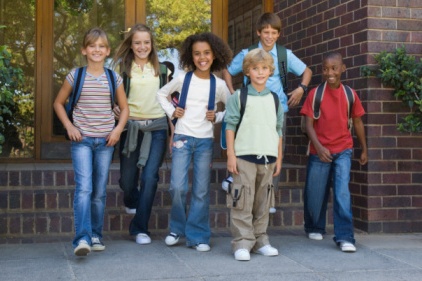Educate your “tweeners” to prevent noise-induced hearing loss

 Noise-induced hearing loss (NIHL) is 100 percent preventable. Yet approximately 26 million Americans between the ages of 20 and 69 have high-frequency hearing loss from overexposure to loud noises at work or during leisure activities.
Noise-induced hearing loss (NIHL) is 100 percent preventable. Yet approximately 26 million Americans between the ages of 20 and 69 have high-frequency hearing loss from overexposure to loud noises at work or during leisure activities.
More than 30 million are exposed to dangerous levels of noise on a regular basis1. Children also are frequently exposed to noise levels that could permanently damage their hearing. Noise levels generated by activities as common as doing yard work, playing a band instrument, and attending sports events can result in NIHL. Research suggests that NIHL experienced at an early age may accelerate age-related hearing loss later in life.
In 2008, the National Institute on Deafness and Other Communication Disorders (NIDCD), part of the National Institutes of Health (NIH), launched It's a noisy planet. Protect their hearing.
The noisy planet campaign is designed to increase awareness among parents of children ages 8 to 12 ("tweens") about the causes and prevention of NIHL. With this information, parents and other caring adults can encourage children to adopt healthy habits that will help them protect their hearing for life.
NIDCD is focusing its campaign on the parents of tweens because children at this age are becoming more independent and developing their own attitudes and habits related to their health. They also are beginning to develop their own listening, leisure, and work habits—or soon will do so. Consequently, the tween years present an open window of opportunity to educate children about their hearing and how to protect it.
Parents still have a great deal of influence over their tween's behavior, and the noisy planet campaign provides them with resources that they can use to educate their children about the causes and prevention of NIHL. The campaign web site at noisyplanet.nidcd.nih.govprovides parents with facts about NIHL, tips on how to encourage their tween to adopt healthy hearing habits, and other steps they can take to protect their tween's hearing. The site also offers information specifically for tweens, such as interactive games about noise and hearing.
1. National Institute on Deafness and Other Communication Disorders (n.d.). National Institute on Deafness and Other Communication Disorders Health Disparities Strategic Plan Fiscal Years 2004–2008. available online at www.nidcd.nih.gov/about/plans/strategic/health_disp.asp.
2. Kujawa, S.G. and Liberman, M.C. (2006). Acceleration of age-related hearing loss by early noise exposure: evidence of a misspent youth. Journal of Neuroscience, 26(7), 2115–2123. Available online at www.jneurosci.org/cgi/content/abstract/26/7/2115.
NIDCD supports and conducts research and research training on the normal and disordered processes of hearing, balance, smell, taste, voice, speech, and language and provides health information, based on scientific discovery, to the public. For more information about NIDCD programs, see the web site at www.nidcd.nih.gov.
Looking for a reprint of this article?
From high-res PDFs to custom plaques, order your copy today!



